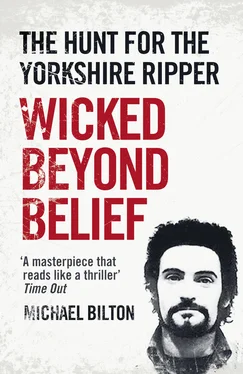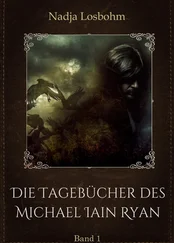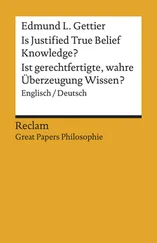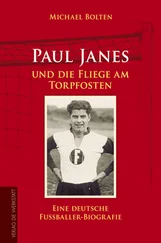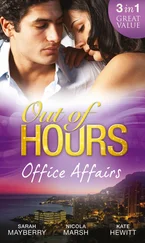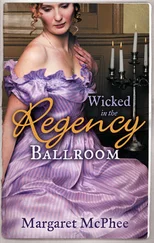By 1840 Leeds was an industrial and commercial centre with a population of 150,000 and still expanding. Fifty years on and the official census of 1891 recorded Leeds’ population as 395,000. Many were immigrants or their descendants. They had come flooding in initially in the early 1800s from the rural areas of England, but also from deprived parts of Scotland and then Ireland, following the potato famine. Later in the 1880s they were joined by Jews escaping the pogroms in Poland and the province of Knovo in Russia. The only word in English many Jewish immigrants knew was ‘Leeds’. In an effort to escape compulsory military conscription or religious persecution, they had headed for the place which for them signified a modern term for El Dorado.
Dominating the city centre was the magnificent edifice of the town hall, built to demonstrate the achievements of a city bursting with pride at its commercial and industrial dynamism. But where the urban poor were concerned, Leeds, like many other overcrowded British cities, had little to celebrate. In 1858 a sizeable number of the town’s then 15,000 Irish immigrants, who lived in some of the worst housing, were said to have been among the cheering crowds of more than 100,000 who waved flags and shouted greetings to Queen Victoria as she arrived to perform the opening ceremony for the new town hall. The streets were lined with palm trees and triumphal arches and some 18,000 people sang the National Anthem. Looking down on the scene, the town hall’s massive clock tower, rising 225 feet above the new building, was the finishing touch, symbolizing Leeds at its grandest. Yet unseen by the sovereign were the depressing conditions in which many of her subjects existed.
Leeds truly was a perfect example of what Disraeli termed the ‘Two Nations’. It was a town with a physical divide. While great swathes were dirty, soot-ridden, cramped and crowded, other areas, in the Northern Heights, provided cleaner air and fashionable housing for the middle classes. The wealthy escaped the dirt and soot while the tens of thousands of the urban poor who provided the raw manpower for the factories and workshops were herded into overcrowded, insanitary dwellings. Drinking houses and brothels abounded. There were thirteen brothels within a hundred yards of where one unsuspecting churchman had his rooms. He noted that, ‘The proceedings of these miserable creatures who tenanted them were so openly disgusting that I was obliged to call in the rule of law to abate the nuisance.’ Forty-six beerhouses were closed down by police on the grounds that they were frequented by thieves, prostitutes and ‘persons of bad character’. Prostitutes were easily distinguished from factory girls in beerhouses by their tawdry finery and the bareness of their necks, though the costume and headdresses of the factory girls were not dissimilar. In many establishments there was a convenience upstairs for vice. Lord Shaftesbury described parts of Leeds as ‘a modern equivalent of Sodom’.
In accordance with the wishes of the town’s middle classes, prostitution in Leeds in the 1850s was controlled by the police rather than banned. They classified and kept a register of the proprietors and inmates of the town’s eighty-five brothels and lodging houses. This ‘has tended materially to check disorder and to aid the police in detecting crime and bring offenders to justice’, said the chief constable at the time. ‘Any attempt at the removal of these places would answer no good, for the sons and daughters of vice would find a resting place elsewhere and most like would get into respectable neighbourhoods where their proximity would be deeply deplored.’
Had Queen Victoria taken a full guided tour, she would have gone to the rear of the new town hall, which was used as court and bridewell. Below ground she would have entered a different world, one of thievery, violence and drunkenness. Known as the Central Charge Office, the bridewell held prisoners arrested within the town who awaited an appearance in court. The original cells, situated under the front steps, each contained a wooden bench and shackle rings for wrist and ankle; stone-flagged floors, whitewashed walls and gas lighting. A cell held up to four prisoners, each entitled to half a loaf of bread, a pint of ale and sufficient straw for bedding. Right through to the late 1970s, the central bridewell remained a forbidding place. Hoban even gave his young sons a guided tour of the ‘dungeons’. The eighteen cells had no natural light, ventilation or exercise facilities. Conditions in the bridewell, which failed to clear legal certification, had long been criticized, and just at the point of Hoban’s move to Wakefield the Home Office cut an improvement programme to save money.
Leeds had formed its own police force in 1836, paid for out of local rates and overseen by a watch committee made up of local burgers. Like many other newly formed police forces, they were also responsible for fire-fighting. Money for equipment, clothing and everything else came from local funding. The wealthy and local taxes paid for peace and law and order. The preservation of peace and good order were the central priorities laid down by the members of the watch committees. Neighbouring Bradford, slower off the mark in setting up its own police force, did so in 1848. Its headquarters were in a building which housed the city’s fire engines. Police out-stations in both cities were linked to headquarters by morse-code telegraph until the 1890s, when they were replaced by telephones and police call boxes.
Before 1968 the West Riding of Yorkshire was served by nine separate forces. In addition to Leeds and Bradford, the city of Wakefield and the boroughs of Dewsbury, Halifax, Huddersfield, Barnsley and Doncaster each had their own local force. Most were small organizations. The surrounding local government county area had a force based at Wakefield called the West Riding Constabulary. In 1956 it had 354 men in its ranks. Covering a vast geographical area, it was way ahead of other forces in recognizing the importance of keeping intelligence on criminals and was one of the first in the country to establish a criminal intelligence bulletin, the West Riding Police Reports. This confidential publication, printed on the West Riding’s own printing press at the force headquarters, circulated details of crimes and wanted villains between forces.
A 1920 Report by a Parliamentary Committee praised the West Riding’s lead in drawing up a list of classes of criminals by their modus operandi. The force’s chief constable stressed the importance of creating a central clearing house of intelligence information: ‘Its full advantage cannot be developed unless the reports are complete and in the proper form.’ The system was mostly used in the North of England, and not by all forces even then. The First World War interrupted a plan to introduce a similar scheme in the Midlands and the South of England. The Parliamentary Committee was enthusiastic about the West Riding clearing house and believed it to be a big advance not only in detecting crime but also in the systematization of the detective method. ‘The greatest advantage should be taken of it,’ they said, and recommended the Home Office and Scottish Office to develop it further and extend it across the whole of Britain.
Twenty-first century computers can store limitless amounts of information and be programmed to draw links between seemingly unconnected facts in an intelligent way. Police forces around the world, like every other institution and business, are now utterly dependent on them. But in Hoban’s time there were no computers in which local intelligence could be stored. He and his detectives in a murder incident room relied on a card index system, with its complex classifications.
The Parliamentary Committee investigating the police service in 1919–20 was given a simple example where police officers knew how a particular criminal worked, but had no way of passing on the information. There was a burglar in Liverpool who regularly defecated in a corner in every house he broke into. This was known to detectives in the city but not outside Liverpool. How could they inform other forces and how could they communicate the information? ‘There is any amount of knowledge which is not available beyond the actual man who possesses it, or the actual police force which records it,’ a witness told the committee. ‘It is difficult to classify that sort of thing. Every police officer had this knowledge fifteen or sixteen years ago, and we tried to card it in Liverpool but we were up against another difficulty. We had many of these cards describing the methods followed by the particular criminal described on the card, but we had no system by which we could index them. So except for the personal memory of the man who prepared the cards, and he had a very good memory, the thing was valueless and we would not get out an index.’
Читать дальше
